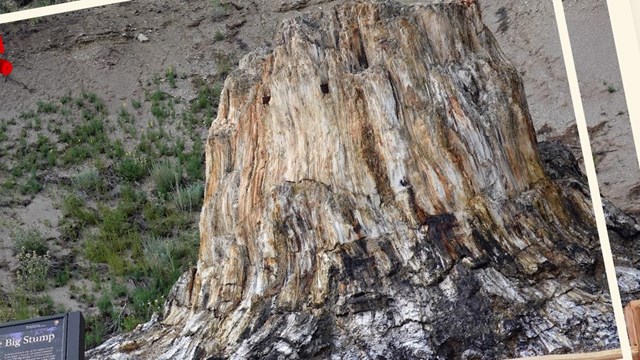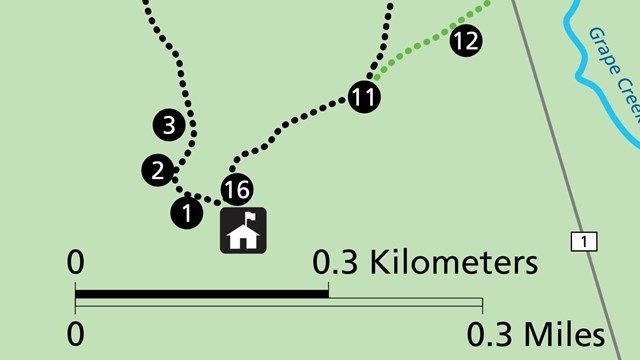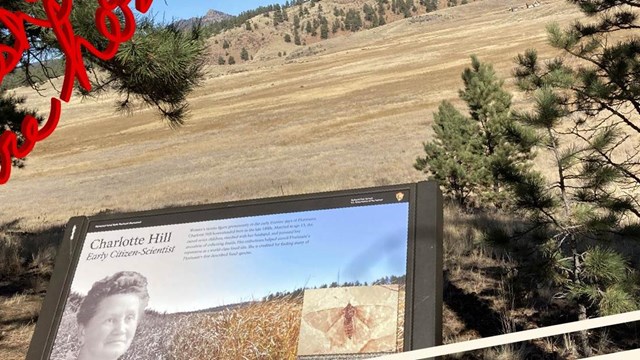
NPS/SIP: Mariah Slovacek Early ResearchScientific research of Florissant's fossils began in the 1870s when the earliest scientists arrived as part of the government-sponsored Hayden Survey of the Rocky Mountains. The Hayden Survey helped launch many of its scientists into brilliant careers. Since then, more than 150 scientists have followed in their footsteps in studying Florissant's fossils. About 20 museums and universities in the United States and United Kingdom contain the Florissant specimens described in scientific literature. 
Left: Smithsonian Institution Archives. Right: Courtesy of the National Museum of Natural History Leo Lesquereux
|
Last updated: December 31, 2021







